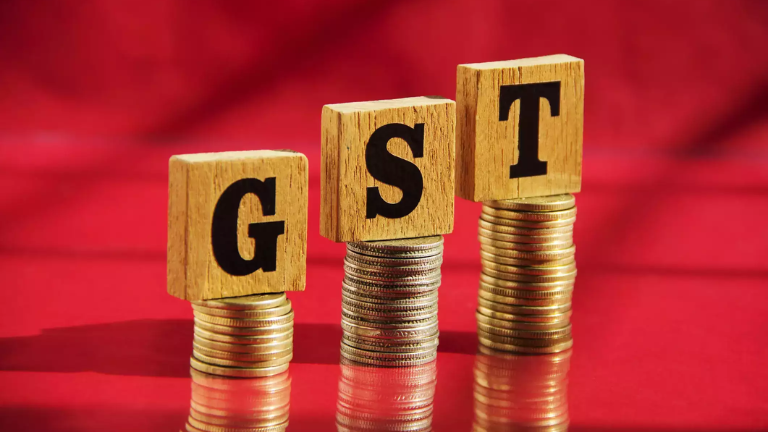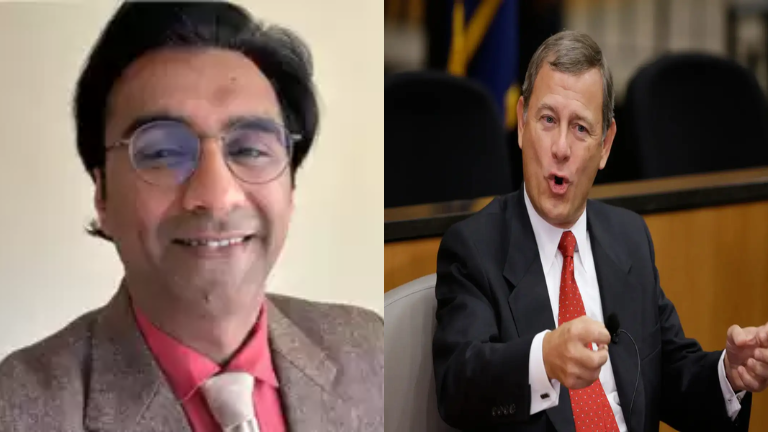GST Rate Rationalisation: No 35% Slab, Possible Tax Cuts on Essentials
The Indian government is unlikely to introduce a new 35% GST slab, despite recommendations from the Group of Ministers (GoM) on GST rates, sources told CNBC-TV18. The ongoing GST Rate Rationalisation exercise, aimed at reducing the tax burden on consumers, is progressing with a focus on simplification, affordability, and maintaining financial stability for states.
Sources indicate that while the government is open to adjusting GST rates on specific goods, it is not in favor of introducing additional tax slabs or differentiating GST based on price points. The government’s primary objective remains revenue neutrality while ensuring relief on essential goods.
Government Rejects 35% GST Slab & Price-Based Differentiation
Insiders confirm that the government has decided against implementing a special 35% GST slab, which was initially proposed for luxury and sin goods. The Group of Ministers (GoM) had suggested this slab to increase revenue from high-end products, but the central government believes that an additional slab would complicate compliance and disrupt the existing tax structure.
Furthermore, the government has also rejected the idea of price-based tax slabs on goods such as luxury watches, handbags, and high-end clothing. According to sources, such a proposal would create inconsistencies in taxation and add complexity for businesses.
However, as part of the GST Rate Rationalisation, the government is open to raising GST on certain non-essential consumer goods. Items such as hair dryers, curlers, and select makeup kits could be moved back to the 28% slab from the current 18%, making them more expensive. This move aligns with the government’s strategy of taxing non-essential products at a higher rate while keeping necessities affordable.
Lower Taxes Expected on Essential Goods
On the other hand, sources indicate that the government is keen on reducing GST rates on essential food items. The broad intent of GST Rate Rationalisation is to ensure that basic consumer goods remain within the 5% GST slab, offering relief to the general public amid inflation concerns.
This move is expected to be welcomed by consumers, as it would make daily-use products cheaper and increase disposable income. The focus on affordability and reducing the tax burden on essential goods aligns with the government’s previous efforts to gradually lower GST rates over time.
Finance Minister Hints at GST Rate Cuts
At the ET Awards event, Finance Minister Nirmala Sitharaman acknowledged that the GST Rate Rationalisation process is nearing completion. However, she refrained from commenting on the possibility of capital gains tax cuts, citing the upcoming Parliament session.
🔹 Key statements by Sitharaman:
“I have personally taken it upon myself to review the committees’ work and take it to the GST Council for a final decision. We are very close to making some critical decisions on rate reductions and the number of slabs.”
She reaffirmed the government’s commitment to lowering tax rates, adding:
“When GST was launched, the revenue-neutral rate was 15.8%. Today, it has come down to 11.4%. There is no item for which the GST rate has increased. In fact, it has gone down, and we will continue this trend.”
This statement signals the government’s intent to further streamline GST Rate Rationalisation, ensuring that it remains consumer-friendly while maintaining financial stability.
Balancing Tax Reduction with Revenue Neutrality
The ongoing GST Rate Rationalisation is not merely focused on tax cuts or revenue collection. Instead, the government is looking at a holistic approach that ensures:
✔️ Lower GST rates on essential goods for affordability.
✔️ Revenue neutrality to avoid financial disruptions for states.
✔️ Simplification of tax slabs to improve compliance and ease of doing business.
The GoM’s report, submitted in December 2024, is currently under review by Finance Minister Sitharaman and the GST Council Chairman. The government is evaluating whether it can merge existing GST slabs while maintaining a steady revenue stream for both central and state governments.
💡 The goal of GST Rate Rationalisation is to reduce the number of slabs while ensuring that taxation remains progressive yet stable.
Experts Warn Against Sudden Overhaul
While the government is working on restructuring GST rates, tax experts caution against a drastic overhaul of the tax system.
📌 Saurabh Agarwal, Tax Partner at EY, suggests a gradual recalibration rather than abrupt changes.
💬 “We may see GST on essential goods drop from 12% to 5%, while semi-essential items could shift from 18% to 12%. These changes align taxation with affordability and consumption patterns.”
He also stressed the importance of addressing the inverted duty structure, where input taxes are higher than final product taxes, leading to refund delays and compliance burdens for businesses.
💡 Why a phased approach to GST Rate Rationalisation?
✔️ Minimizes economic disruptions for businesses.
✔️ Ensures a steady transition without sudden tax revenue losses.
✔️ Improves long-term compliance & stability in the GST regime.
Next Steps: Awaiting GST Council’s Final Review
The final framework for GST Rate Rationalisation depends on the GST Council’s upcoming review, where key decisions will be made regarding:
✅ Revised tax slabs for essentials and luxury items.
✅ Potential slab mergers to simplify GST rates.
✅ Implementation timelines for new rate structures.🚨 With tax cuts on essentials, a rejection of the 35% slab, and a focus on revenue stability, do you think the upcoming GST reforms will benefit businesses and consumers alike? 💭







